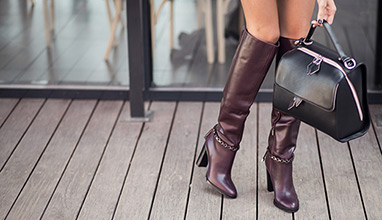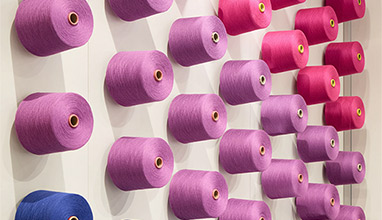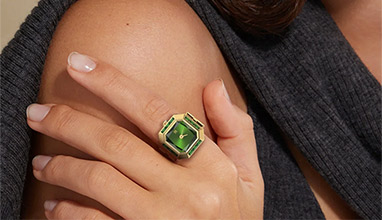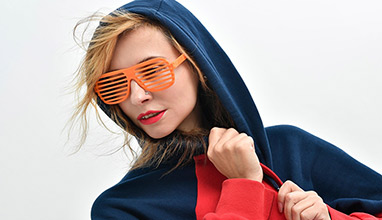Cross-Selling and Upselling in the Fashion Industry: Best Practices
“Here is a simple but powerful rule—always give people more than they expect to get.” ~ Nelson Boswell
In the fashion industry, consumers’ buying behavior is largely influenced by impulse and curiosity. This sets it apart from industries such as electronics, health and wellness, automotive, and home improvement, where necessity and thorough research are dominant drivers. Suffice it to say, the act of shopping for fashionable items is often about the excitement of the moment.
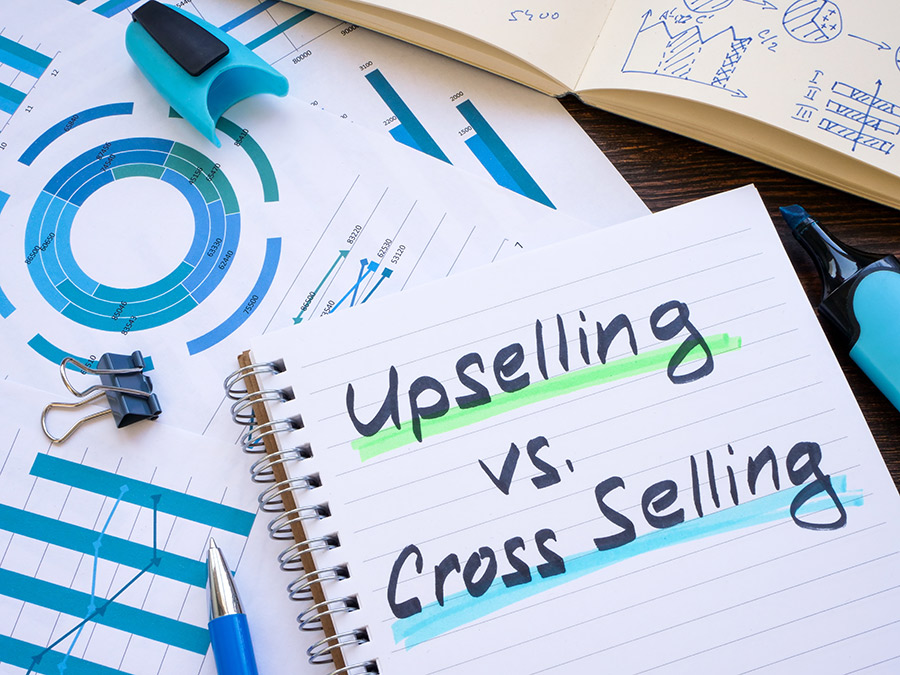
Photo: Depositphotos
Picture this: when a shopper visits an online or brick-and-mortar clothing store, they are often in for the thrill of finding something unique or stylish on the spot. They might not have a predefined shopping list in mind. Rather, their choices and buying journeys are influenced by price, seasonality, trends, personal preferences, and the overall ambiance.
Fashion retailers are well aware of this dynamic, and they cleverly leverage upselling and cross-selling strategies to encourage customers to make a purchase. For instance, they could recommend a stylish belt that complements a chosen pair of jeans. The secret to this approach is that buyers are treated to an immersive shopping experience that convinces them to spend more.
What Is Cross-Selling and Upselling?
Cross-selling and upselling are used by fashion businesses to convince customers to buy more than they initially planned to purchase. It is crucial to understand that these terms, despite being alike, have distinct differences.
Cross-selling is a sales technique with which a seller recommends a relevant product (also known as an add-on item) to a shopper who has already purchased or indicated an interest in a specific product. It operates based on the association rule principle—related or complementary items sold together as a package create more value and maximize satisfaction.
A typical example is when an apparel store suggests a handbag or shoe to go with a new dress or coat a customer wishes to buy. Cross-selling phrases you may come across include:
1. Frequently bought together
2. Others also bought
3. Suggested items
4. Buy the look
5. Customers who bought this also bought
Cross-selling positively impacts the average order value (AOV) through additional purchases. This strategy accounts for 35% of Amazon’s generated revenue, and it has the potential to increase any retailer’s revenue by up to 39%.
Upselling, on the other hand, requires recommending a higher-priced product that is better than the initial item a customer intends to purchase. It works by persuading the individual to see the promoted item as more beneficial or superior in fulfilling their needs. An excellent case in point is when a fashion boutique showcases a high-end leather bag with extra pockets in contrast to a basic crossbody bag.
Phrases such as “New Arrivals,” “Best Sellers,” and “You May Also Like,” are employed by brand owners to upsell products. Like cross-selling, upselling increases AOV, but through higher-priced options. While customers may part with more money, they get more value in return, usually in the form of quality, comfort, and durability. According to studies, upsells are responsible for 10% to 30% of most e-commerce revenues.
How to Implement Both Strategies to Boost Revenues
What are some of the best practices you can use to increase sales and drive more revenue for your fashion brand? Have a look:
Understand Your Products
Before recommending a complimentary or superior product to a customer, it is vital to know what each item offers and how it caters to a shopper’s needs. This requires taking into account product specifications—materials, size, features, colors, and other attributes that can attract a buyer to a particular merchandise.
To ease the process, consider vetting your product catalogs to determine which items pair well or offer more value as standalone. Then use this information to guide your cross-selling and upselling decisions. Resources like product brochures and catalogs, training programs, expert opinions, and even personal experiences can help you understand the merits of each item in your catalog.
Invest in Customer Segmentation and Analysis
Successful fashion retailers typically categorize customers based on demographic, psychographic, and behavioral traits. Better understanding your target’s buying patterns and preferences allows you to design bespoke campaigns. Here are various indicators in each trait that provide insight into what selling strategy you can use:
1. Demographic segmentation: based on gender, age, race, religion, income, and education
2. Psychographic segmentation: based on lifestyle, attitudes, and personality
3. Behavioral segmentation: based on price sensitivity, product usage, occasion, and loyalty
For instance, you can identify a category of loyal female shoppers in their late 20s or early 30s and use this information to suggest trendy fashion items that suit their lifestyle, like fashionable dresses and blazers. Analytical techniques and resources—A/B testing, sales data, and customer feedback—can help refine and optimize your strategy.
Implement Visual Merchandising
Visual merchandising is the art of displaying goods in a way that attracts customers and encourages buying. Concise and captivating product descriptions, eye-catching signage, vibrant lighting, and smart product placement are all used to change the way shoppers perceive items. If you own a fashion store, for instance, you can display a bright orange sweater next to neutral-colored jeans.
The visual effect of the contrasting but complementary color combination could motivate shoppers to buy the suggested outfit. You can also upsell to your target audience by displaying high-quality, stylish clothing and fashion accessories and showcasing their unique features.
Hire a Sales Team That Understands the Art of Selling
Selling is a key function of any business, which is why having a competent sales team can help you implement your cross-selling and upselling strategies effectively. When hiring, consider those who deeply understand your products and their features, and are trained to provide personalized assistance in a friendly and professional manner.
You can find such candidates on Leadar, a real-time B2B contact database. Search for relevant candidates by their skills, location, and experience level, and then get in touch with those who fit your requirements.
Cross-selling and upselling are indispensable strategies used by fashion brands to optimize revenue and enhance shopping experiences. To make the most of these strategies, you must be willing to offer valuable information about your products and develop a rapport with your audience. We have discussed best practices to achieve this and encourage you to implement them to enhance your bottom line.
Hits: 8840 | Leave a comment






